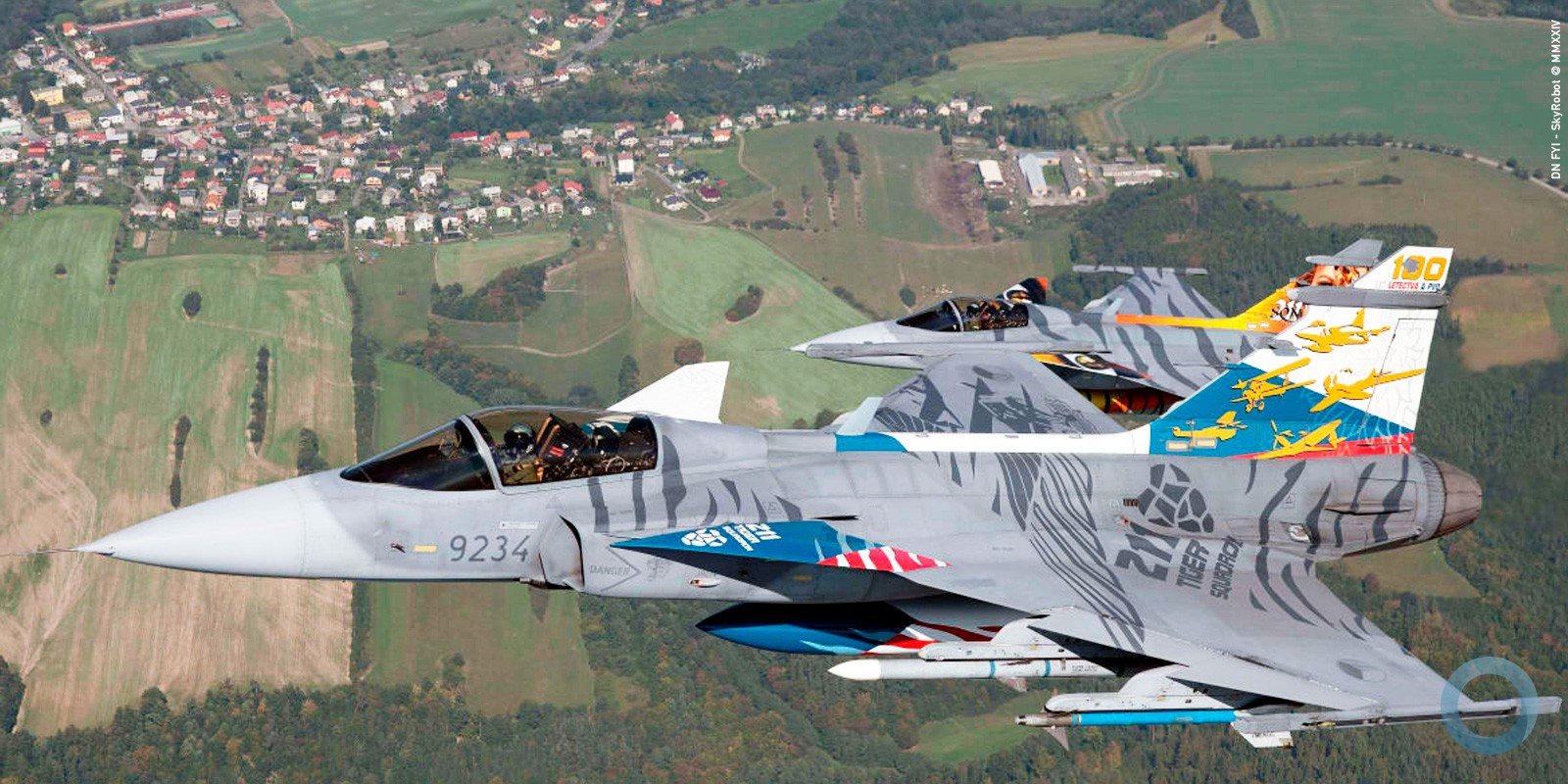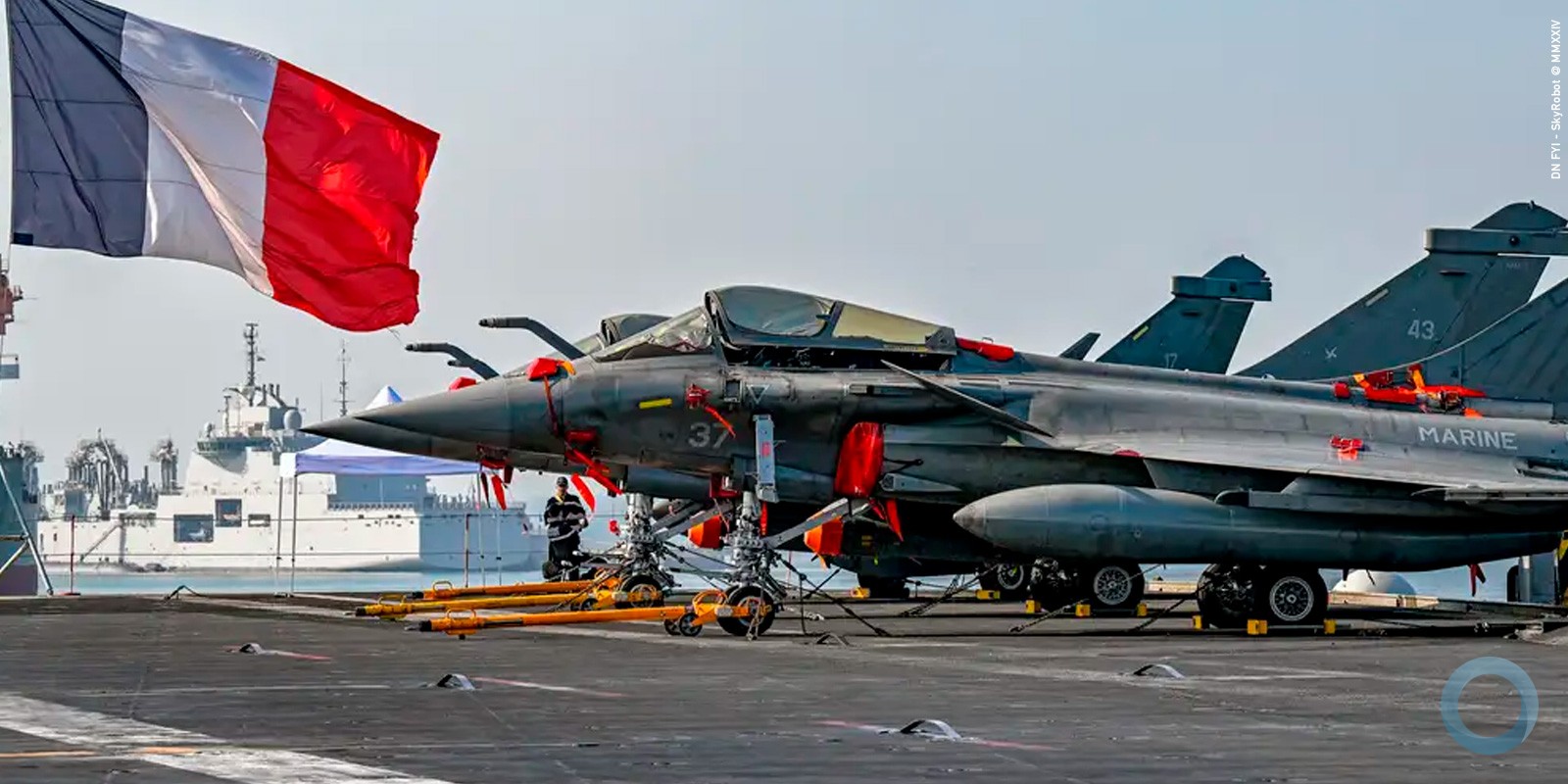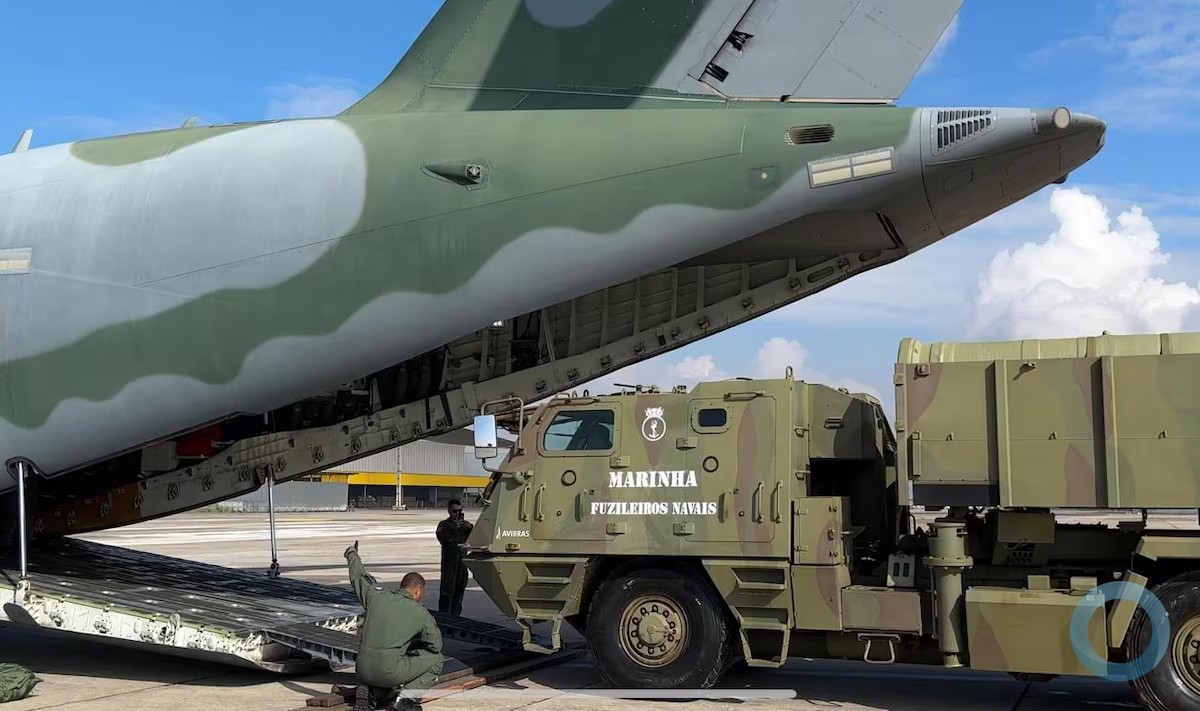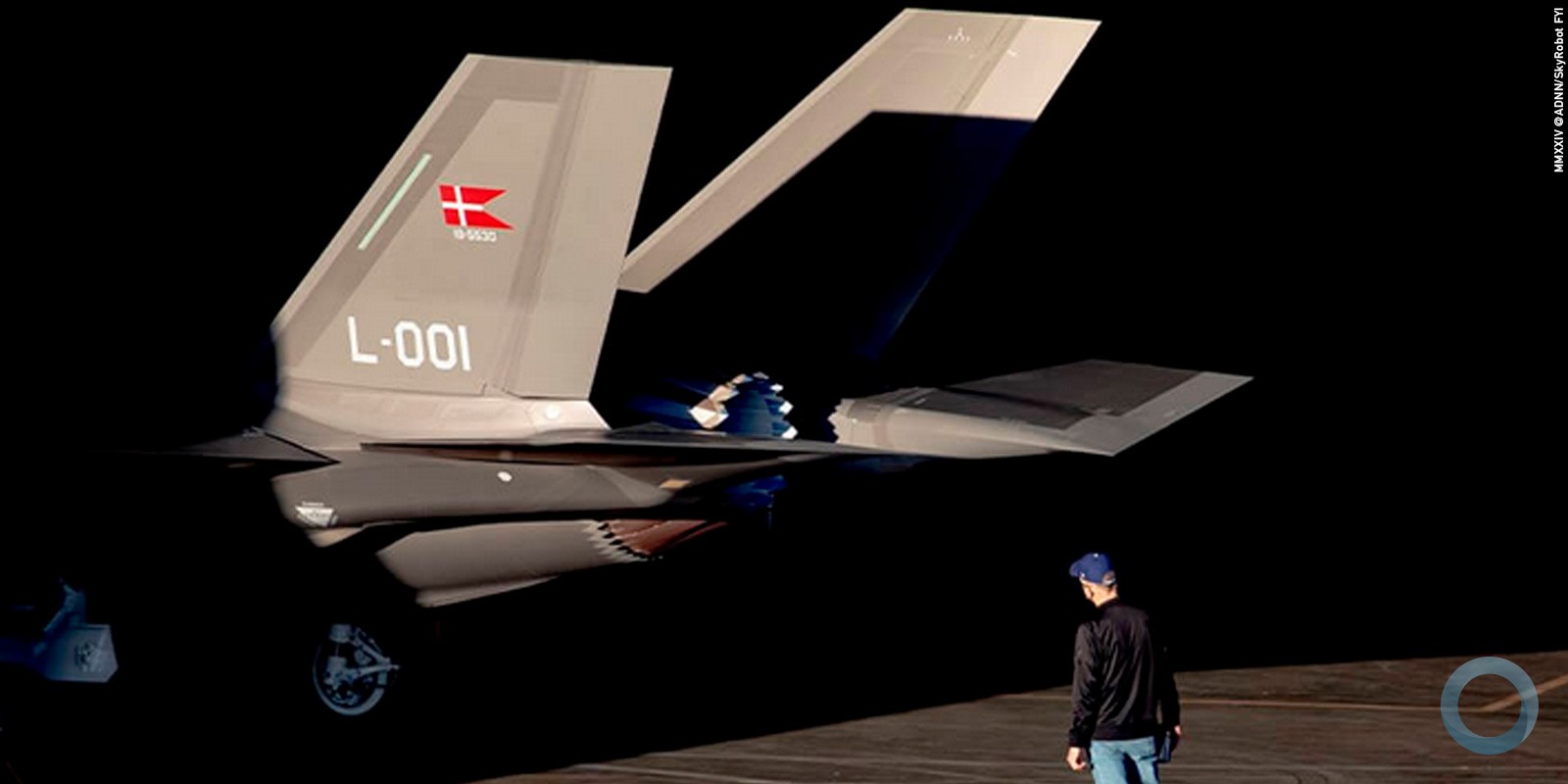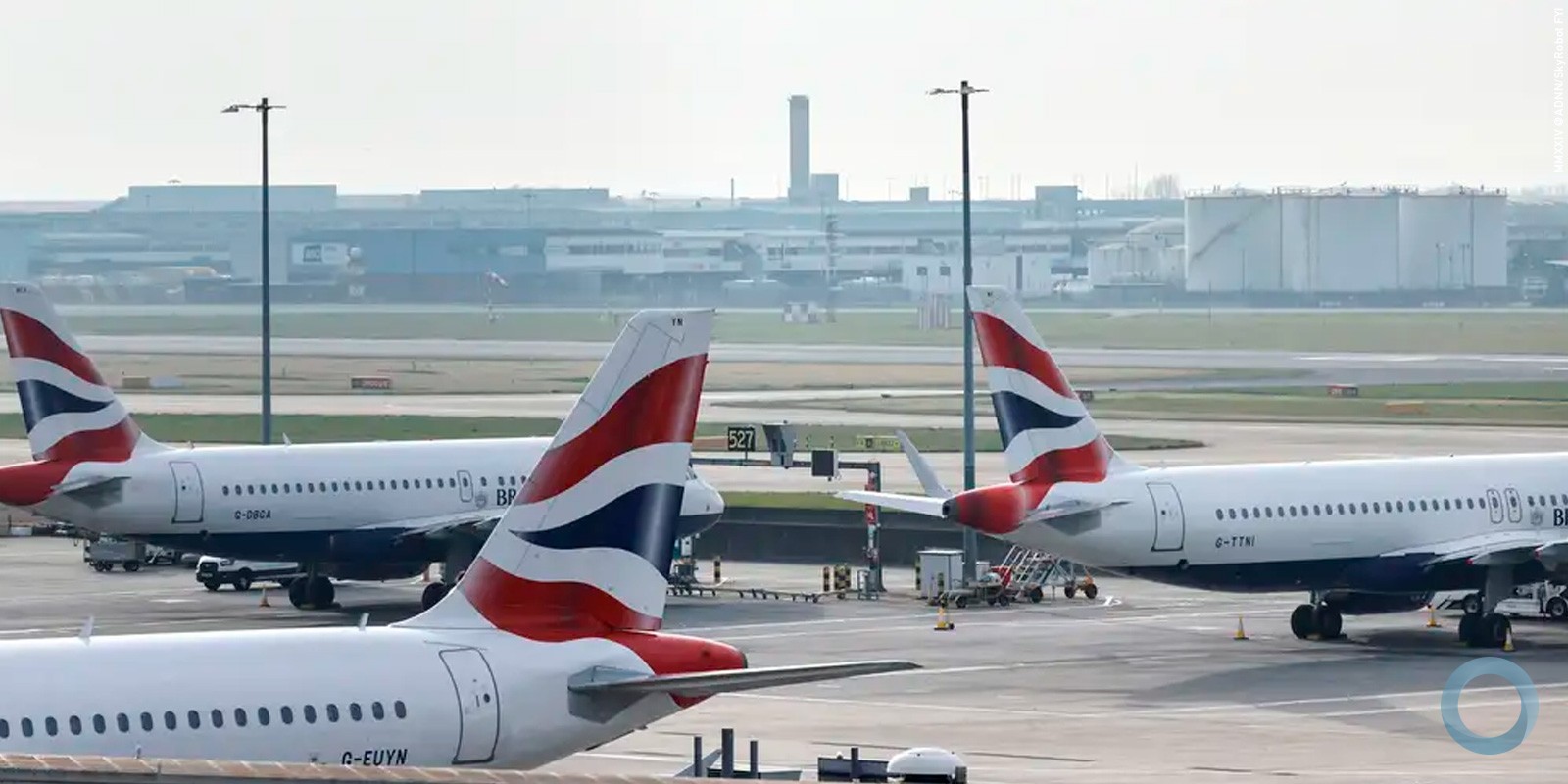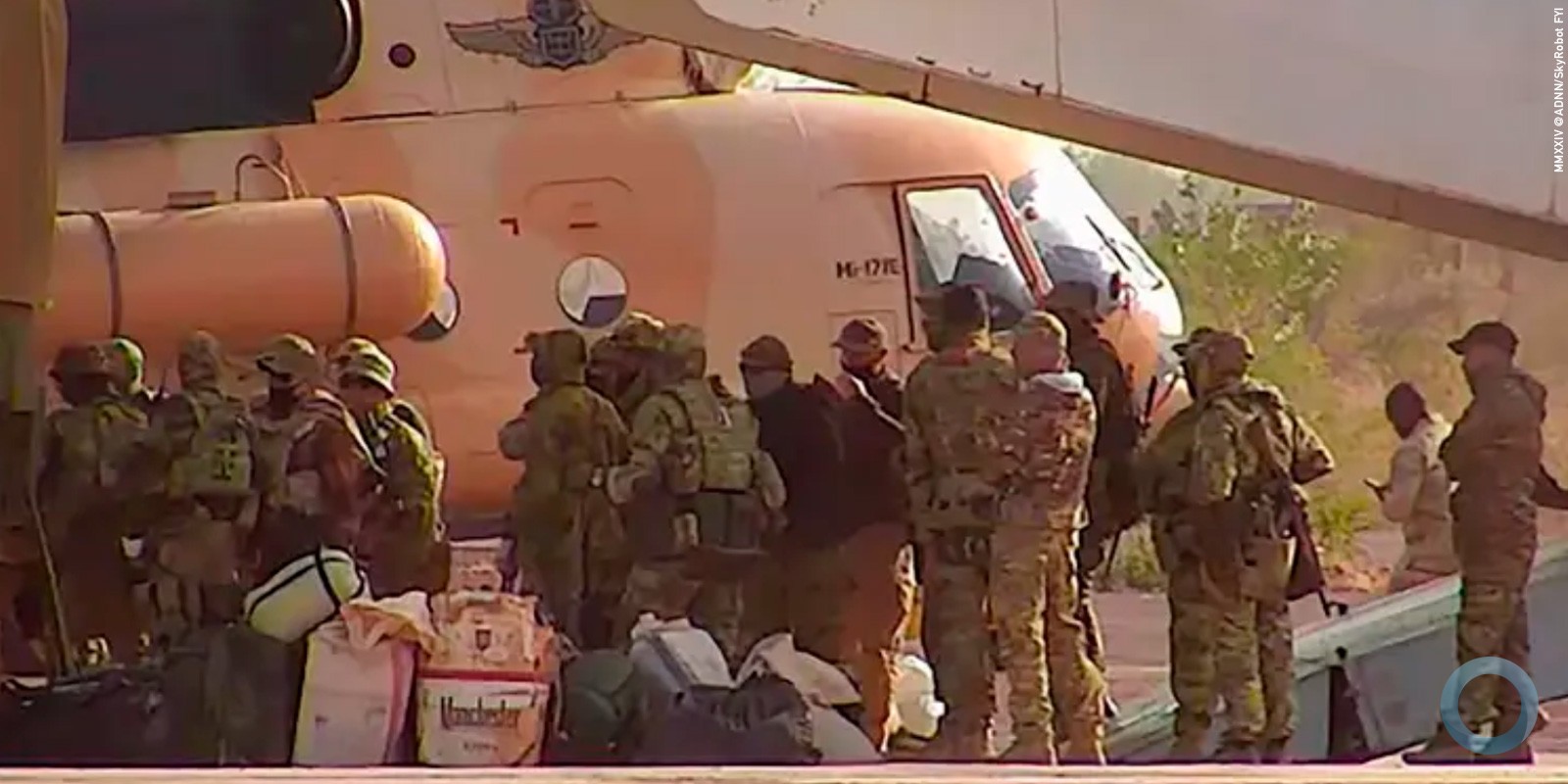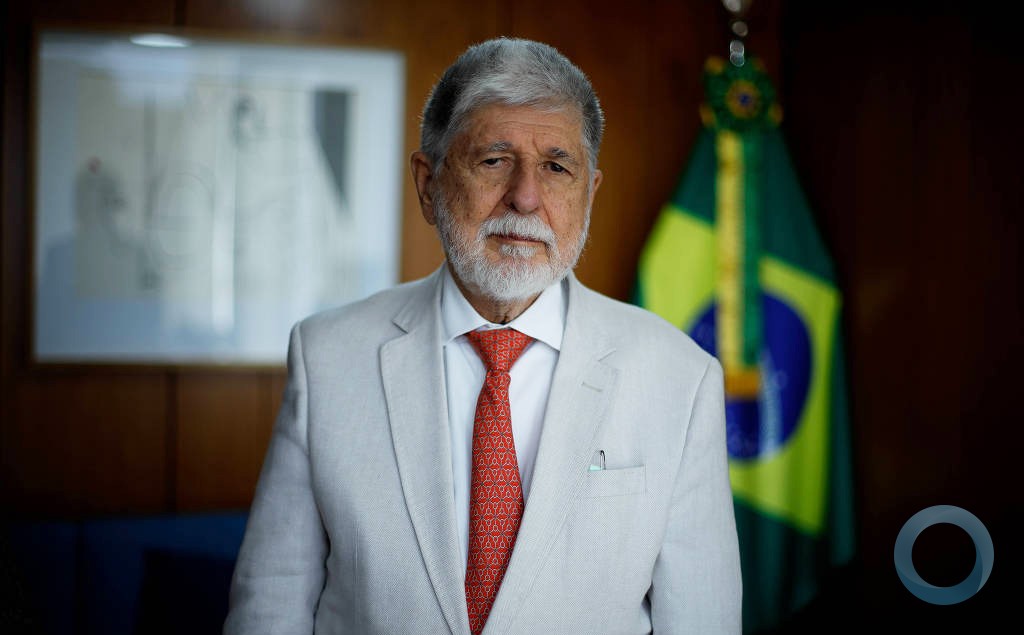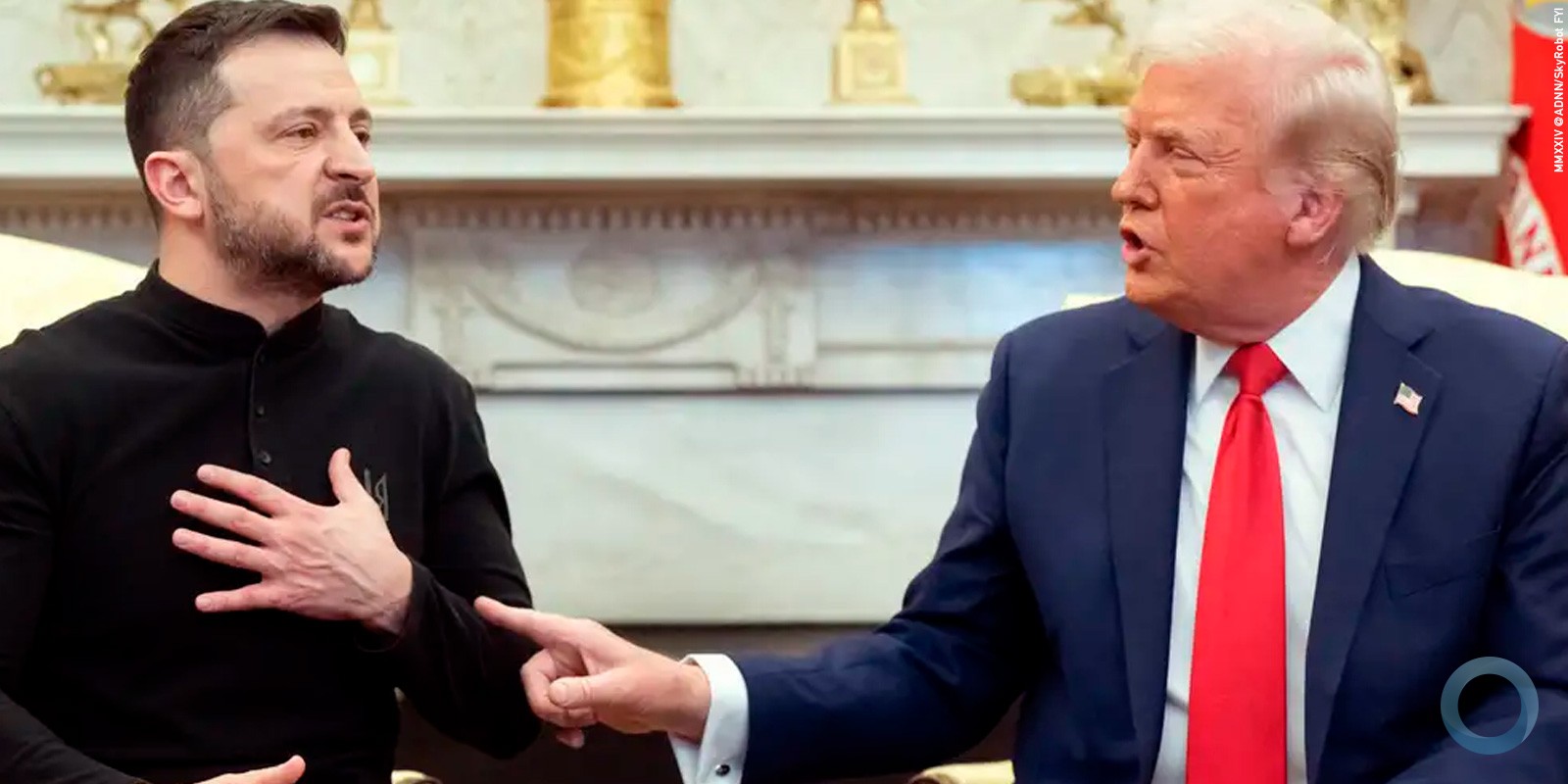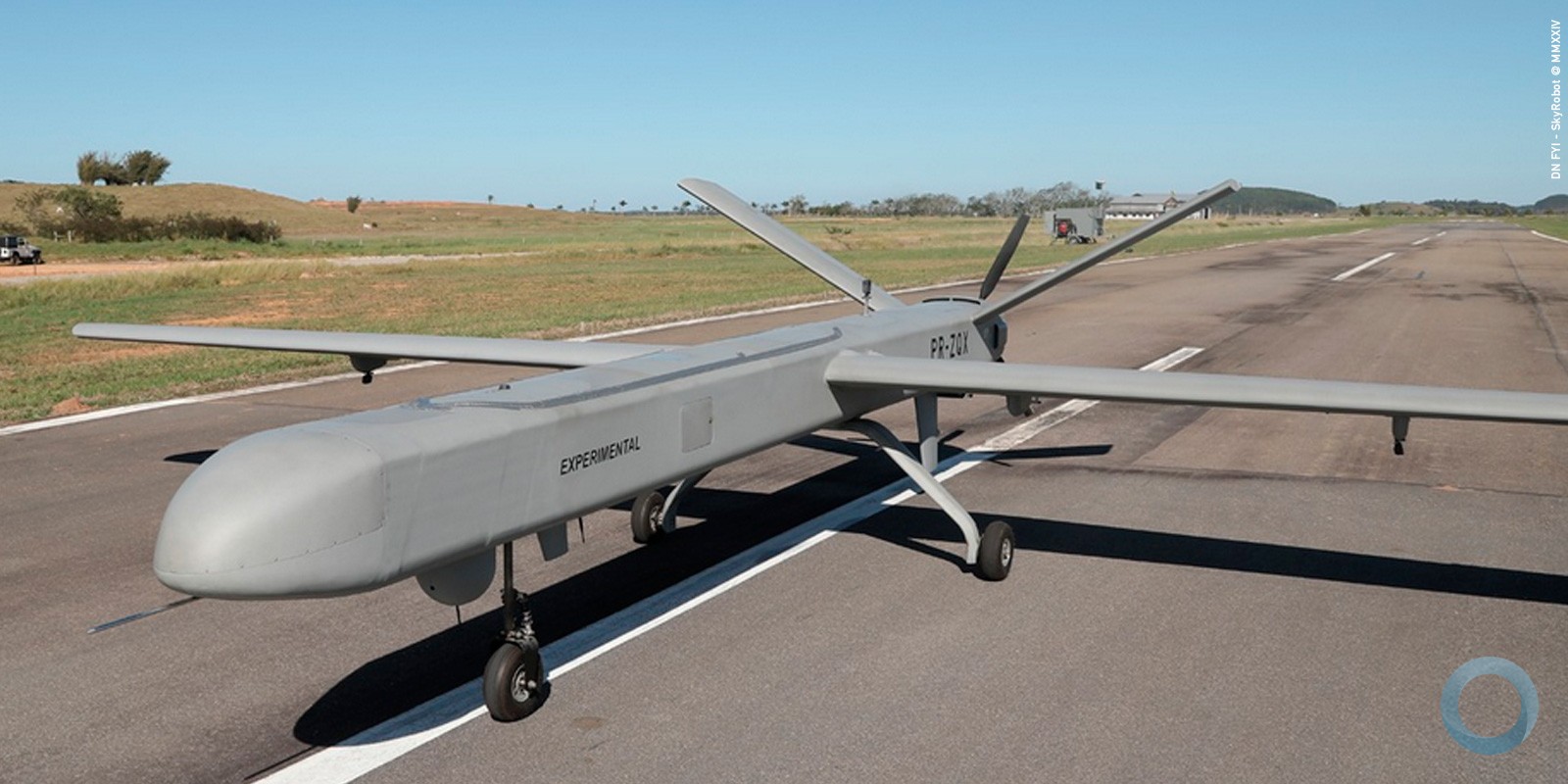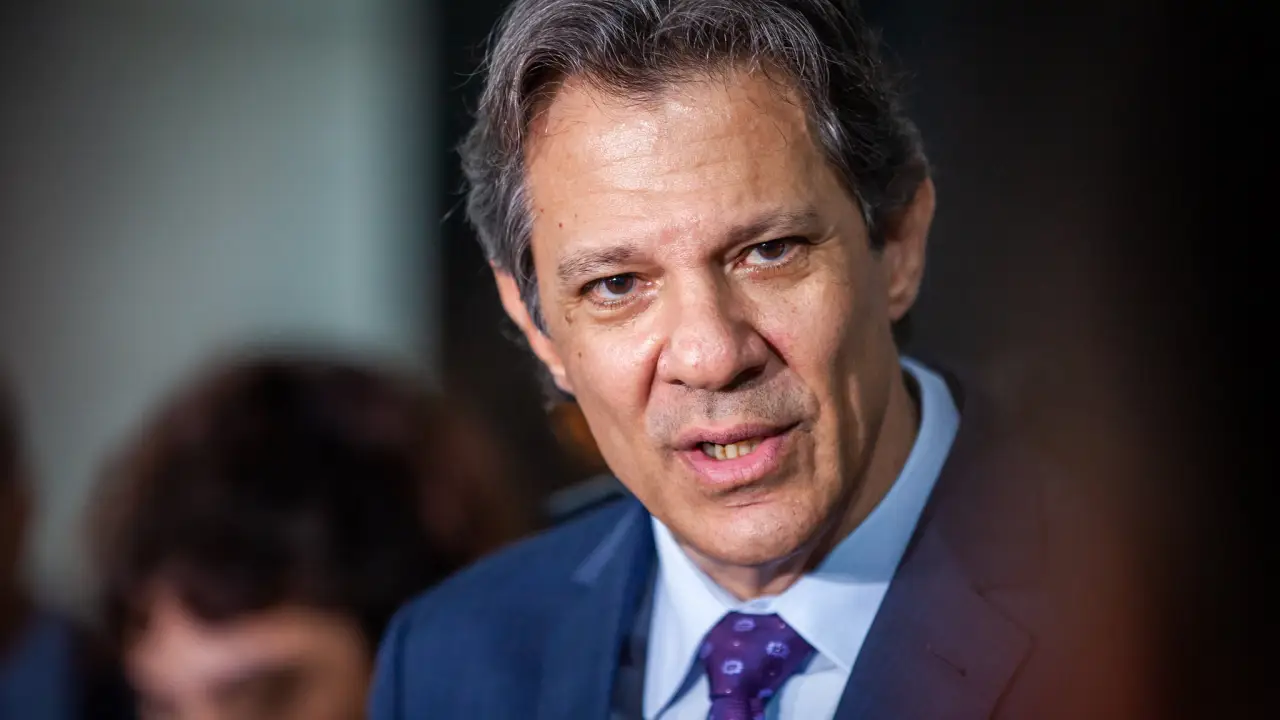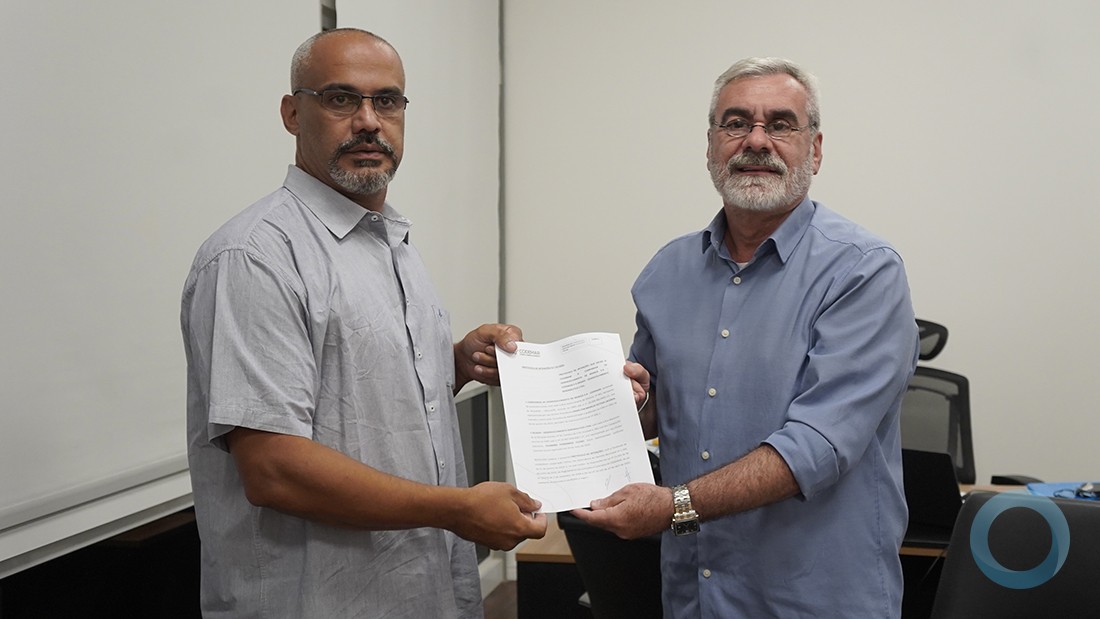Artigo Publicado no NY Times 13 Outubro 2012
MARGARET SULLIVAN
Editora NY Times
UNDERSTANDING American drone strikes is like a deadly version of the old telephone game: I whisper to you and you whisper to someone else, and eventually all meaning is lost.
You start with uncertain information from dubious sources. Pass it along, run it through the media blender, add pundits, and you’ve got something that may or may not be close to the truth.
How many people have been killed by these unmanned aircraft in the Central Intelligence Agency’s strikes in Yemen and Pakistan? How many of the dead identified as “militants” are really civilians? How many are children?
The Bureau of Investigative Journalism in Britain has estimated that, in the first three years after President Obama took office, between 282 and 535 civilians were credibly reported killed by drone strikes — including more than 60 children. The United States government says the number of civilians killed has been far lower.
Accurate information is hard to come by. The Obama administration and the C.I.A. are secretive about the fast-growing drone program. The strikes in Pakistan are taking place in areas where reporters can’t go, or would be in extreme danger if they did. And it is all happening at a time when the American public seems tired of hearing about this part of the world anyway.
How does The New York Times fit into this hazy picture?
Some of the most important reporting on drone strikes has been done at The Times, particularly the “kill list” article by Scott Shane and Jo Becker last May. Those stories, based on administration leaks, detailed President Obama’s personal role in approving whom drones should set out to kill.
Groundbreaking as that article was, it left a host of unanswered questions. The Times and the American Civil Liberties Union have filed Freedom of Information requests to learn more about the drone program, so far in vain. The Times and the A.C.L.U. also want to know more about the drone killing of an American teenager in Yemen, Abdulrahman al-Awlaki, also shrouded in secrecy.
But The Times has not been without fault. Since the article in May, its reporting has not aggressively challenged the administration’s description of those killed as “militants” — itself an undefined term. And it has been criticized for giving administration officials the cover of anonymity when they suggest that critics of drones are terrorist sympathizers.
Americans, according to polls, have a positive view of drones, but critics say that’s because the news media have not informed them well. The use of drones is deepening the resentment of the United States in volatile parts of the world and potentially undermining fragile democracies, said Naureen Shah, who directs the Human Rights Clinic at Columbia University’s law school.
“It’s portrayed as picking off the bad guys from a plane,” she said. “But it’s actually surveilling entire communities, locating behavior that might be suspicious and striking groups of unknown individuals based on video data that may or may not be corroborated by eyeballing it on the ground.”
On Sunday, Ms. Shah’s organization will release a report that raises important questions about media accuracy on drone strikes. But accuracy is only one of the concerns that have been raised about coverage of the issue.
“It’s very narrow,” said David Rohde, a columnist for Reuters who was kidnapped by the Taliban in 2008 when he was a Times reporter. “What’s missing is the human cost and the big strategic picture.”
Glenn Greenwald, a lawyer who has written extensively on this subject for Salon and now for The Guardian, told me he sees “a Western media aversion to focusing on the victims of U.S. militarism. As long as you keep the victims dehumanized it’s somehow all right.”
Mr. Rohde raised another objection: “If a Republican president had been carrying out this many drone strikes in such a secretive way, it would get much more scrutiny,” he said. Scott Shane, the Times reporter, finds the topic knotty and the secrecy hard to penetrate. “This is a category of public yet classified information,” he told me. “It’s impossible to keep the strikes themselves secret, but you’ve never had a serious public debate by Congress on it.” Last month, ProPublica admirably framed the issue in an article titled “How the Government Talks About a Drone Problem It Won’t Acknowledge Exists.”
As for the human cost, Sarah Knuckey, a veteran human rights investigator now at New York University School of Law, says she got a strong sense of everyday fear while spending 10 days in Pakistan last spring.
“I was struck by how afraid people are of the constant presence of drones,” said Ms. Knuckey, a co-author of a recent Stanford/N.Y.U. report on the drone campaign’s impact on Pakistanis. “They had the sense that they could be struck as collateral damage at any time.”
She is also troubled by the government’s lack of transparency. “The U.S. is creating a precedent by carrying out strikes in secrecy without accountability to anyone,” Ms. Knuckey said. “What if all countries did what the U.S. is doing?”
The Taliban and Al Qaeda are much worse problems for the Pakistani and Yemeni people than American drone strikes are. But acknowledging that doesn’t answer the moral and ethical questions of this push-button combat conducted without public accountability.
With its vast talent and resources, The Times has a responsibility to lead the way in covering this topic as aggressively and as forcefully as possible, and to keep pushing for transparency so that Americans can understand just what their government is doing.






